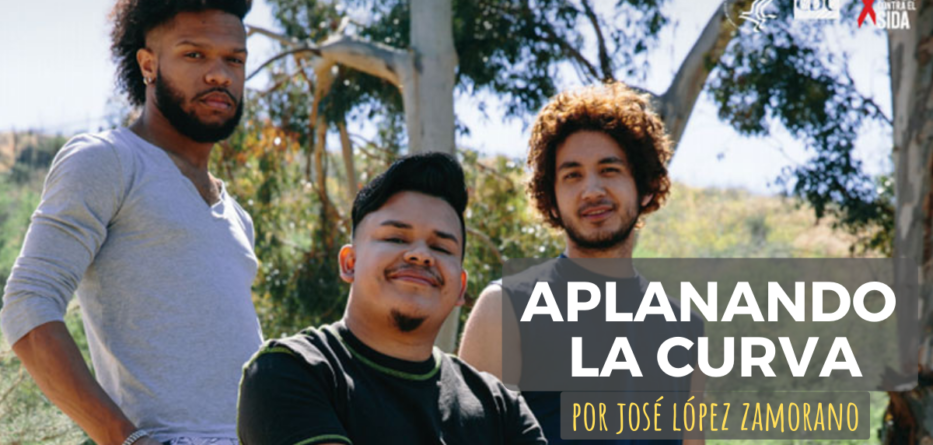Our Latino community is not only one of the ethnic groups most affected by the COVID-19 pandemic, but we also suffer one of the highest rates of job unemployment because we work in the economic sectors that have been most affected by the economic consequences of the pandemic.
At the same time, our community is still disproportionately impacted by new HIV diagnoses and many of our family, friends or colleagues living with HIV suffer from HIV stigma, feeling ashamed and marginalized, discouraged from getting tested or seeking treatment.
Luis Mares, Director of Community Mobilization and Coordinator of the National Latino AIDS Awareness Day (NLADD) at the Latino Commission on AIDS, says: “As we face this new COVID-19 pandemic, we cannot be discouraged in our efforts to continue working to end the HIV epidemic that is disproportionately affecting communities themselves, knowing we have the tools to make it happen. As this year’s NLAAD theme says, unlike other viruses, ending the HIV epidemic is within our grasp, at our fingertips. “
As in many places it has been possible to flatten the curve of new cases of COVID-19, exercising our individual responsibility and our collective commitment – wearing masks, keeping social distance – it is literally in our hands to flatten the curve of HIV now help end stigma and discrimination.
“We must continue our efforts to promote HIV testing, prevention and retention in care and treatment, basic tools we have to end the HIV epidemic. We must continue to work together to improve health outcomes, address stigma and discrimination, and health disparities, all of the main barriers that affect our diverse communities, “says Luis Mares.
The first step is to recognize that HIV stigma comes from fear, lack of information, as well as our prejudices and beliefs. One way to verify this is by identifying those words, attitudes or actions that make us associate HIV with negative or morally unacceptable behaviors.
What is HIV stigma? When we believe that only certain people can get HIV, when we negatively judge people who take steps to prevent transmission, or when we think that someone deserves HIV because of the decisions they have made in their life. But also, when we call those living with HIV “contaminated” or “sick”, instead of “people with HIV / AIDS”.
Few things bother Latinos as much as being discriminated against, but when we ourselves avoid casual contact with a person living with HIV or isolate them socially because of their condition, we are ourselves being complicit in an act of discrimination. Stigma and discrimination can cause feelings of shame and hopelessness and make it more difficult for a person to get tested or get help.
The reality is that we can ALL help be part of the solution to flatten the curve for new transmissions, and together stop HIV stigma and discrimination. Today for you, tomorrow for me.
For more information visit www.laredhispana.com.






